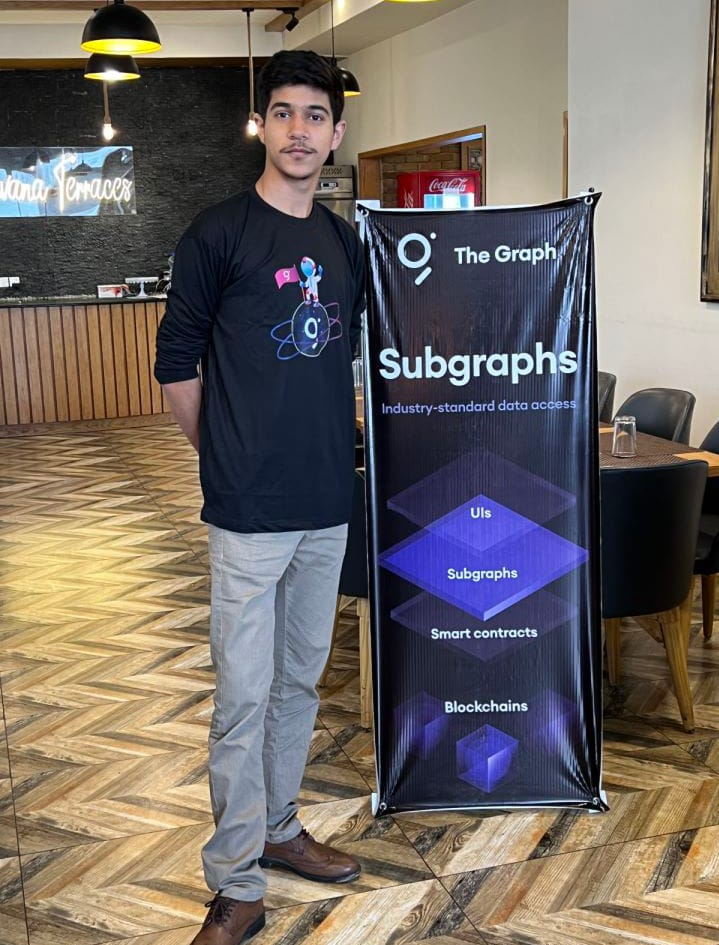Personal Experiences:
Transitioning to The Graph's latest protocol, Graph Horizon, was a thrilling journey marked by innovation and community collaboration. As an avid participant in the Web3 space and being a Graph Advocate, I found upgrading to Graph Horizon not only seamless but also enriching, offering a glimpse into the future of decentralized data management. From the initial exploration of upgrade steps to the final implementation, every stage was a testament to The Graph's commitment to user-centric development and excellence.

Motivations for Upgrading:
Many developers choose The Graph Network for several reasons:
-
Decentralization: Removes reliance on centralized servers, fostering censorship resistance and data ownership.
-
Cost-effectiveness: Potentially lower operational costs compared to running private indexing infrastructure.
-
Scalability: The Graph Network can handle increasing data volumes as a project grows.
-
Community and Support: Access to a growing developer community and The Graph's support team.
The Upgrade Journey:
Challenges:
-
Learning Curve: Understanding The Graph's concepts and tooling can involve an initial learning curve.
-
Migration Complexity: Depending on the project's size and complexity, migrating data and logic to subgraphs might require effort.
-
Testing and Debugging: Thorough testing in a staging environment is crucial before deploying upgrades to the mainnet.
Benefits:
-
Improved Performance: The Graph Network's distributed infrastructure can potentially lead to faster query response times.
-
Reduced Operational Overhead: Offloading indexing tasks to the network frees up developer resources for core application development.
-
Enhanced Reliability: The network's redundancy minimizes downtime risks compared to centralized solutions.
Real User Stories:
-
Project A: A DeFi application developer reported a smoother upgrade process than anticipated thanks to The Graph's clear documentation and helpful community forums. They experienced significant cost savings by leveraging the network's infrastructure.
-
Project B: An NFT marketplace team highlighted the challenge of migrating their complex data model to subgraphs. However, they praised the increased scalability and reliability gained by upgrading to The Graph Network.
Upgrading to The Graph Network offers developers a path towards decentralized, efficient, and scalable data access. While an initial learning curve exists, the potential benefits outweigh the challenges for many projects. As The Graph's tooling and community continue to evolve, the upgrade process is expected to become even smoother in the future.
The Graph Network's reliability and quality are crucial for developers building applications that rely on accurate and timely access to blockchain data. This article examines the mechanisms that ensure The Graph Network's robustness.
Network Infrastructure:
The Graph Network is built on a distributed infrastructure of nodes run by independent participants. These nodes fall into three categories:
-
Indexers: Responsible for processing blockchain data and making it available through subgraphs.
-
Curators: Signal the quality and relevance of subgraphs to other participants.
-
Delegators: Stake GRT tokens to secure the network and earn rewards.
Incentive Mechanisms:
The Graph Network utilizes economic incentives to ensure reliable data and efficient resource allocation:
-
Indexing Rewards: Indexers are rewarded with GRT tokens for providing accurate and up-to-date data.
-
Delegation Rewards: Delegators receive a portion of indexing rewards for staking GRT tokens.
-
Slashing: Indexers who provide incorrect or unavailable data face penalties.
Monitoring and Maintenance:
-
Subgraph Reputation: Subgraphs are evaluated based on factors like uptime and query failures. Developers can monitor these metrics to assess subgraph health.
-
The Graph Explorer: This tool provides network-wide insights, including node performance and subgraph availability.
-
The Graph Team: The project maintains a dedicated team responsible for monitoring network health and addressing potential issues.
Real-World Reliability:
-
Uptime: The Graph Network boasts a high uptime record, ensuring consistent data availability for developers.
-
Scalability: The network has successfully handled increasing data volumes as its ecosystem grows.
-
Security: The Graph's incentive mechanisms and distributed architecture contribute to a robust and secure network.
Conclusion:
The Graph Network's architecture, economic incentives, and monitoring tools work together to deliver a reliable and high-quality data access experience. This foundation empowers developers to build secure and scalable applications on top of blockchain data.




评论 (0)